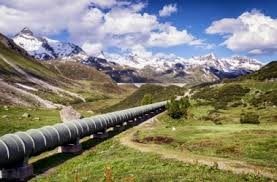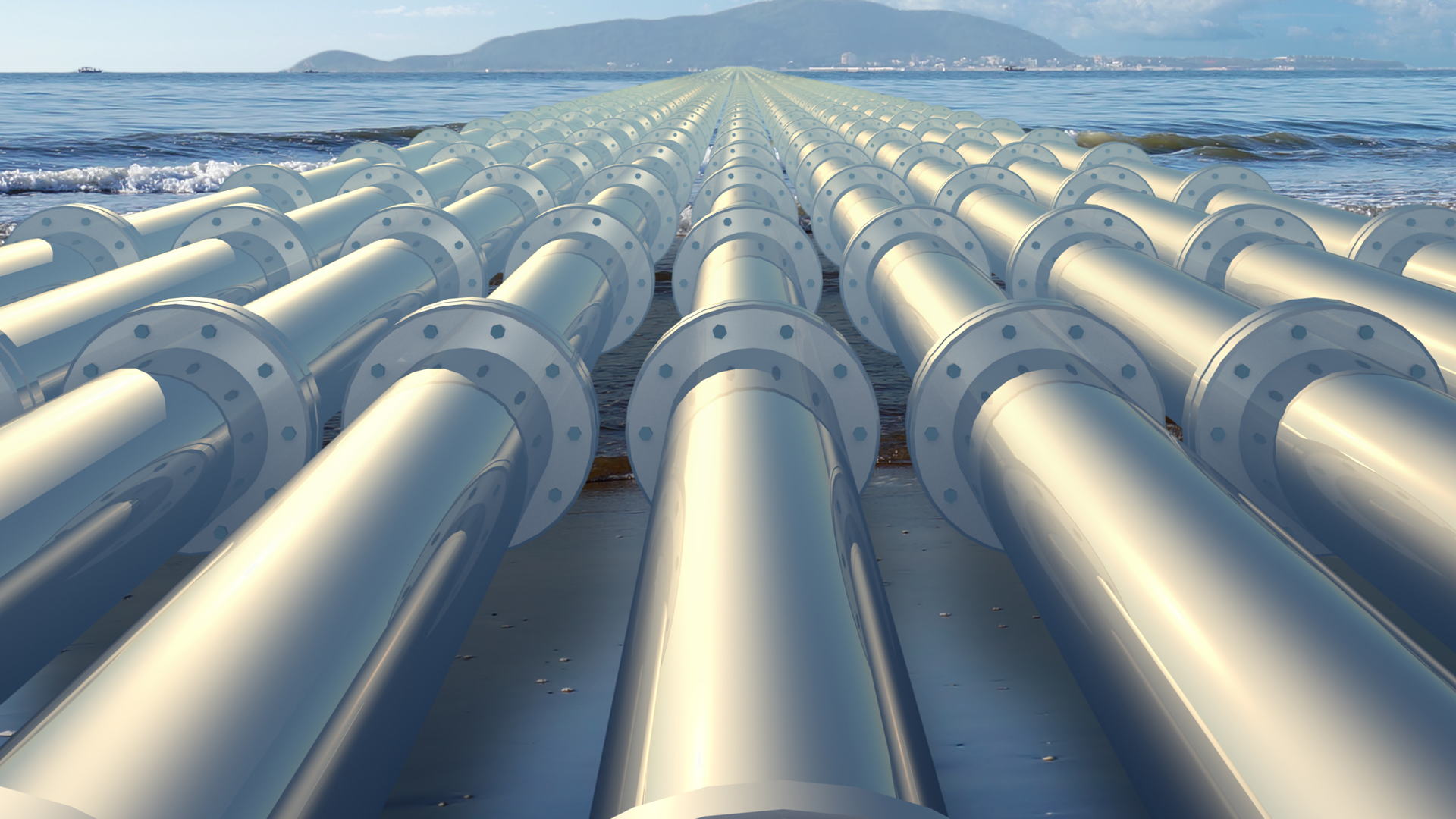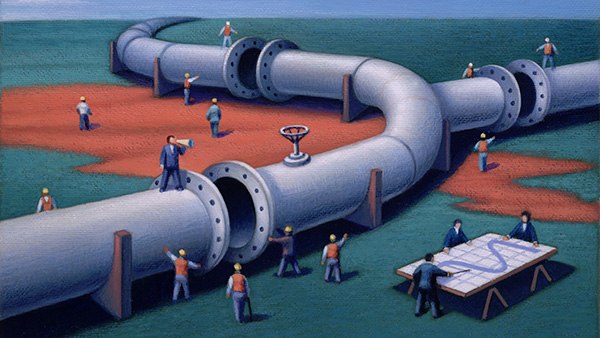 The other day one of our colleagues was in a meeting with a client, and at the end of the presentation the CEO got up and proudly proclaimed, “Okay, I’m convinced… we’re going to start heavily investing in major gifts! And to pay for it, we’ll cut new donor acquisition since we’re losing money on that.”
The other day one of our colleagues was in a meeting with a client, and at the end of the presentation the CEO got up and proudly proclaimed, “Okay, I’m convinced… we’re going to start heavily investing in major gifts! And to pay for it, we’ll cut new donor acquisition since we’re losing money on that.”
NO!
But this is how many non-profit leaders think about fundraising. Sure, I’m glad the organization finally “woke up” about major gifts, but you can’t do it at the expense of acquiring new donors. I mean, where do you think the major gift program is going to get major donors 4, 5 and 10 years down the road?
This is what is important to understand: major gifts will only be successful if all parts of your fundraising program are balanced and working well.
In my last two blog posts I’ve been urging you to have a great vision for major gifts and to create a culture within your organization that embraces it. Part of building that culture, though, is understanding that all the fundraising strategies you are working on should be leading to major and planned gifts.
Why? Because this is where you will reap the rewards of all the hard work and money you have spent acquiring and cultivating these donors. In other words, think about your entire fundraising program as a “pipeline to major gifts.”
Unfortunately, most non-profits are not thinking about their development department like this. What happens is that you have a department with so many silos you could hold enough corn for a small country! You have a donor acquisition team, a donor cultivation team, mid-level, events, major and planned gifts.
So many departments!
Each of these departments is clamoring for “their donors.” You see internal fighting about who gets credit for a gift. You see whole departments holding on to donors because they don’t want their revenue to suffer. Staff loses sight of what they have been hired to do in the big picture… cultivate, nurture, and take care of donors, and then pass them along!
It’s critical to understand, if you want a strong major gift program, that you have to take care of the entire pipeline that helps a donor get to their highest involvement.
I think about the oil pipelines in Alaska. I have a friend who has worked on that pipeline for years. You would not believe the attention and care that has been paid to make sure nothing goes wrong that causes either leaks or clogs in that pipeline. I mean, the environmental damage that would be caused would be a total nightmare… not to mention the revenue lost if something goes wrong!
That is exactly how you need to think about your own donor pipeline to major gifts. Think about anything that is getting in the way of a donor coming into the pipeline – or anything clogging it up and preventing the donor from moving freely up to a major gift, capital campaign or planned giving level.
Think about your strategies and investment levels. Are you keeping it flowing? Think about internal silos or politics within your department and organization. Are you focused on the donor, or more worried about the revenue of your silo?
Taking care of your major gift pipeline means that you all work together. There should be no “turf wars” or “holding on” to donors. That’s just clogging up the pipeline. Caring for the pipeline means no cutting of acquisition spending so you can pay for major gifts; that’s just cutting off the source of a good, flowing pipeline.
Please hear Richard and me on this. A strong major gift program can happen only if you have a healthy, free-flowing pipeline that focuses on the donor and makes it as easy as possible for them to express their passions and interests by giving you larger and larger gifts.
Do a spot check today on your pipeline. Any leaks, clogs or source problems? If so, take care of those now. Tomorrow you’ll have a healthier major gift program.
Jeff
PS — Mid-level donors are a critical part of this pipeline. Click here to get our free White Paper on Cultivating Mid-Level Donors.
Search Blog Posts






0 Comments